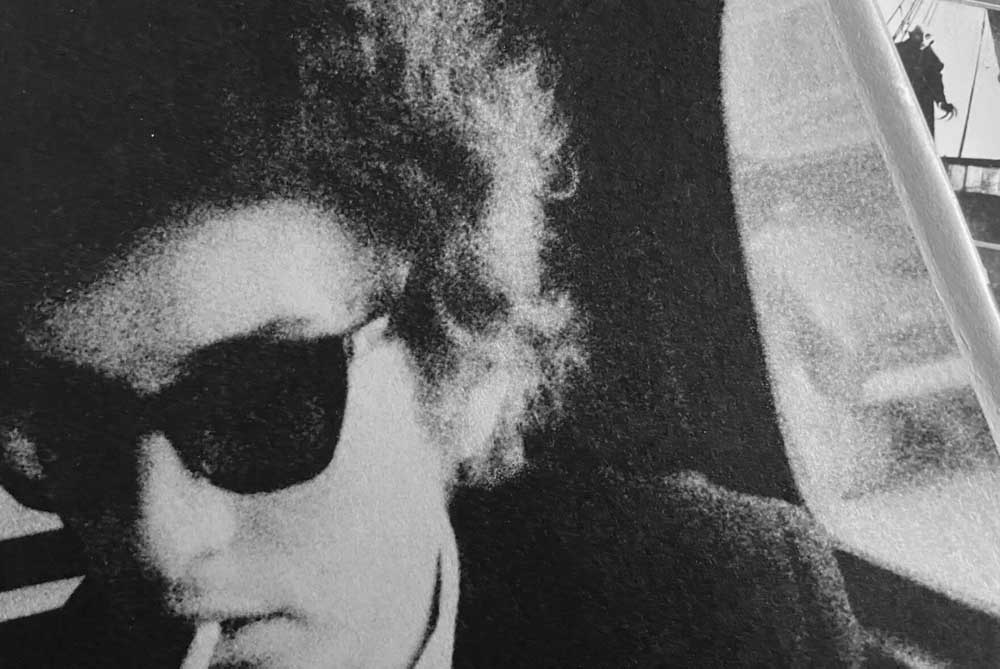Looking back at Bob Dylan and first ‘Nosferatu’
Published 3:00 am Monday, December 16, 2024

- In anticipation of two new films — Bob Dylan biopic, “A Complete Unknown,” and “Nosferatu” — film critic B. E. Grey looks back at films of the same topics.
Editor’s note: This Christmas sees the release of two new entries in long cinematic traditions. In anticipation of James Mangold’s Bob Dylan biopic, “A Complete Unknown,” and Robert Eggers’ vampire epic, “Nosferatu,” B. E. Grey is looking back at “Don’t Look Back,” “I’m Not There” and “Walk the Line,” as well as “Nosferatu: A Symphony of Horror,” “Nosferatu the Vampyre” and “The VVitch.”
‘Don’t Look Back’
Before the innumerable Bob Dylan retrospectives that have dominated screens for decades, there was D. A. Pennebaker’s burst of wry energy titled “Don’t Look Back.” Set during Dylan’s 1965 tour of England, handheld 16mm images observe everything from the big-stage performances to the intimate taxi-backseat chats, with no commentary offered by the filmmakers themselves.
If Dylan and Co. are aware of the cameras, they certainly don’t show it. As a result, the portrait is a jarring one: the young man is awkward, casual, and seemingly totally unconcerned with how he’s being perceived.
Dylan spars with reporters throughout, sidestepping condescending questions while tearing into their askers (with one exception: Dylan remains respectful to the man from BBC Africa, who shows actual interest in Dylan’s support for civil rights).
But for every moment that we’re presented with a caustic, chain-smoking little fiend, there’s another that highlights the hypnotic music that inevitably erupts from him and his entourage. Joan Baez practically steals the entire film with her rendition of “Percy’s Song.” The snippets we see from Dylan’s climactic concert at the Royal Albert Hall are certainly something to behold.
“Don’t Look Back” magnificently blends the mundane with the hallowed, the poetic with the vulgar, the skeptical with the elevating. Check your local library for this veritable gem of cinéma vérité.
‘Nosferatu: A Symphony of Horror’
A decade before Hollywood’s adaptation of Bram Stoker’s most famous work made Bela Lugosi a horror legend, an illegal, transgressive film created a parallel mythos — that of the deathbird, Nosferatu. F. W. Murnau’s 1922 gothic touchstone, “Nosferatu: A Symphony of Horror,” codified much of the language all horror films use today.
And “symphony” really is the right word: the story is simple and sweeping, evoking fairy tales (of the Grimm-er variety). One wonders about a possible ballet version… Anyway, what makes this fable about a naive everyman who travels into the woods to secure a land deal with a mysterious count, only to court death for his hometown, so successful is immediately obvious to any viewer: Max Schreck.
Schreck, who plays the titular horror, is scary. Count Orlok’s look is striking, his physicality is terrifying, and Murnau’s shot choices and edits of him are perfectly unnerving. “Iconic” is an overused term in the field of criticism — it applies here.
But just because this tale is uncomplicated doesn’t mean there’s no subtext: Orlok and his henchman recall antisemitic stereotypes and spotlight the fanatic antisemitism that historically results from plagues. The climactic gender dynamics are also thought-provoking, if dated.
“Nosferatu: A Symphony of Horror” is a singular, towering work — you’ll find it at your local library (and on YouTube).









